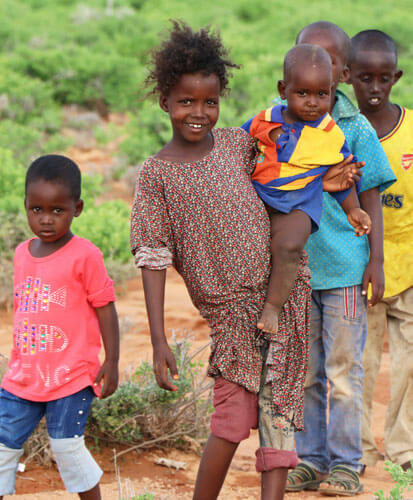The Drive to Save Lives
In our daily lives, we often overlook the omnipresent risks that come with something as routine as traveling on the road. Yet, traffic safety is an issue of monumental importance, affecting not just individuals but also families. The United States witnessed a stark increase in traffic fatalities in 2020, with 38,824 lives lost. This marks the highest number of fatalities since 2007 and serves as a grim reminder of the continuous need for vigilance and improvement in traffic safety measures. With research indicating that approximately .19 million people lose their lives annually in road traffic crashes globally, the call for heightened awareness and education on traffic safety has never been more urgent. The World Health Organization (WHO) identifies road traffic injuries as a grave global concern, highlighting the significant economic losses—up to 3% of countries’ gross domestic product (GDP) attributed to these accidents, in addition to invaluable life and unmeasurable pain brought to affected families. Analyses, such as those conducted by BMC Public Health, reveal the importance of a multifaceted approach in combating this issue, where public awareness plays a pivotal role alongside enforcement and infrastructural improvements. Awareness and implementation of practical measures have shown a notable decrease in accident rates, emphasizing the power of targeted education based on identified risks. Comparing traffic deaths to other leading causes of death offers a perspective on their significant impact. While they may be lower than fatalities from major diseases, the comparison underscores the critical need for addressing traffic safety as an essential component of public health strategy. The economic ramifications of traffic accidents extend beyond the immediate loss of life and injury. Injuries, including those from workplace incidents, represent a substantial economic burden, with costs estimated at $4.2 trillion in 2019, including medical care, work loss, and the broader implications on quality of life. As we face these challenges, it is imperative that we commit to improving roadway safety through enhanced vehicle safety standards, rigorous enforcement of traffic laws, and continuous public education on safe driving practices. Only through a concerted, multifaceted effort can we hope to mitigate the annual loss of lives, injuries, and the profound economic losses associated with traffic accidents. In doing so, we not only safeguard individuals and families but also contribute to the economic and social well-being of our communities and nations.
Short-term Goals (6-monthly basis):
Over the next six months, our goal is to reach and educate a minimum of 150,000 individuals on the critical importance of traffic safety through an expansive campaign. Drawing on 2020’s traffic data, this initiative is projected to save up to 15 lives and prevent numerous non-fatal accidents. Social Media Initiatives: By optimizing our use of existing platforms at minimal expense, we plan to craft engaging hashtags and stimulate community participation efficiently and effectively. Infographics and Visual Aids: With relatively modest resources, we will design and disseminate engaging infographics that succinctly convey key statistics and insights on traffic safety. Email Bulletins: We will initiate a series of informative newsletters targeting our subscribers, utilizing basic email marketing tools to disseminate valuable educational content on traffic safety. Community-Driven Content: By inviting our audience to share their own stories and experiences, we aim to enhance community engagement and raise awareness on traffic safety at a minimal overhead cost.
Medium-term Goals:
Educational Films: Producing high-quality educational videos is an ambitious yet feasible goal, albeit requiring investment for production and possibly engaging with influencers, which may be both time-intensive and costlier. Interactive Digital Experiences: Crafting educational and engaging quizzes and games will demand both creative and technical prowess, representing a moderate investment in resources and time. Influencer Collaborations: Harnessing the influence of well-known personalities holds great potential, yet the process of identifying, negotiating, and collaborating with them necessitates considerable time and, likely, financial investment, making this a medium- term objective.
Long-term Goals:
Virtual Reality (VR) Training: The development of VR simulations that mirror real-life traffic scenarios is an ambitious goal that requires substantial technical knowledge, specialized equipment, and a larger budget. As such, this objective is best suited for a more resource-rich phase in our organization’s growth. Partnerships with Automotive Manufacturers: Aiming for the future, we plan to collaborate with vehicle manufacturers to explore, refine, and implement cutting-edge technology aimed at reducing traffic accidents and enhancing safety measures.
What we care for

New life for children, in a new land
A new future for exploited children


Bringing dreams within reach for children
The underprivileged children do not have access to required financial help and resources needed to live the life of their dreams. We help them with everything they’ll need to live their dreams.

